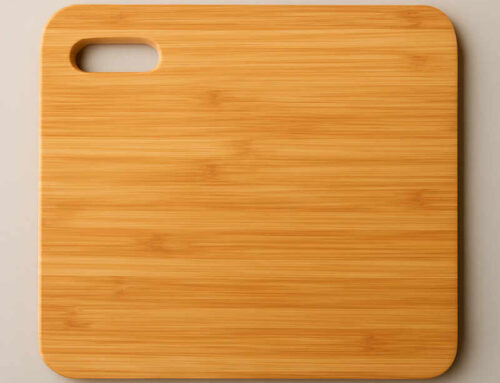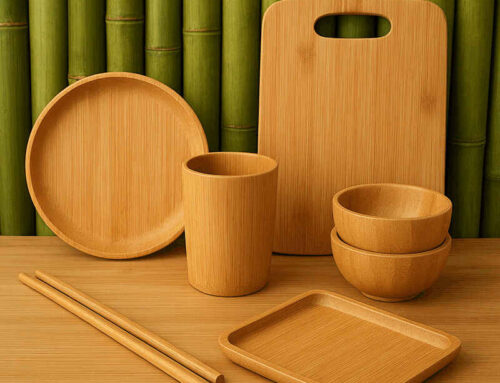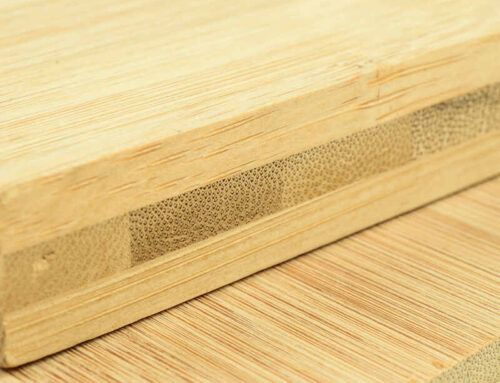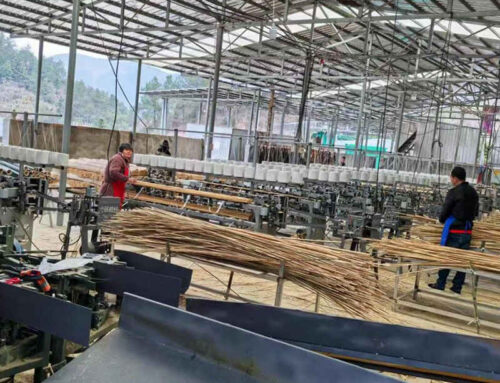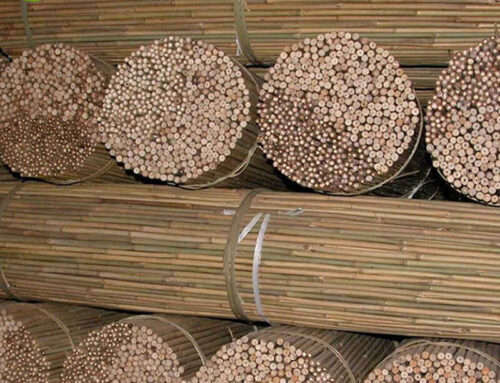In the quest for a home that is both beautiful and friendly to the earth, we often find ourselves sifting through countless options, weighing aesthetics against ethics. What if there was a material that seamlessly bridged this gap? Enter bamboo. Far from being just a food source for pandas, bamboo is emerging like a superstar in the world of sustainable and stylish home products. Your next mug, cutting board, bedsheet, or even piece of furniture should be made from bamboo, and here’s a deep dive into why.
The Green Giant: Bamboo’s Unbeatable Environmental Credentials
In an age of climate crisis, the environmental impact of our purchases is critical. Bamboo stands head and shoulders above traditional materials like wood, plastic, and metal in its ecological footprint.
- The Ultimate Renewable Resource: Forget slow-growing oak or pine. Bamboo is a grass, and it holds the title of one of the fastest-growing plants on the planet. Some species can grow up to three feet within just 24 hours! This rapid growth cycle means it can be harvested every 3-5 years without killing the plant system. The root system remains good, preventing soil erosion and allowing for continuous regeneration. In contrast, a hardwood tree will take 40 to 60 years to mature for a single harvest.
- A Carbon-Sequestering Powerhouse: Bamboo is particularly excellent in the fight against climate change. It absorbs up to five times more carbon dioxide and produces 35% more oxygen than an equivalent stand of trees. By choosing bamboo products, you are essentially supporting a natural carbon sink that actively cleanses our atmosphere.
- Thrives Without Chemicals: Bamboo naturally thrives with minimal assistance. Bamboo can grow vigorously without pesticides or fertilizers. Its extensive root system, which helps prevent soil erosion, also allows it to survive on natural rainfall, significantly reducing the need for irrigation—a stark contrast to the water-thirsty cotton industry.
- Biodegradable and Closed-Loop: At the end of its long life, a pure bamboo product is biodegradable, returning to the earth without leaving behind microplastics or toxic residue. What is more, advanced manufacturing processes, especially for fabrics like bamboo lyocell, are often closed-loop. This means that more than 99% of the solvents and water used are captured and recycled back into the system, creating virtually no waste.
Built to Last: The Surprising Durability of Bamboo
There’s a common misunderstanding that “eco-friendly” means “less durable.” Bamboo shatters this myth with its remarkable strength.
- Tensile Strength Comparable to Steel: Pound for pound, bamboo has a tensile strength that rivals steel. This means it can withstand great pressure without breaking or bending. This inherent strength translates to home goods that are built to endure daily wear and tear. For an example, A well-made bamboo chopping board is less likely to split or warp than a softwood one, and bamboo furniture can easily handle the rigors of family life.
- Hardness on Par with Hardwood: When we talk about bamboo used for flooring or cutting boards, we’re often referring to “strand-woven bamboo.” This process involves shredding bamboo fibers, infusing them with a resin, and compressing them under extreme heat and pressure. The result is a material that is even harder than many traditional hardwoods like maple or oak, making it highly resistant to dents, scratches, and even moisture damage.
- Moisture Resistance: Natural bamboo has a wax-like surface that makes it naturally resistant to moisture absorption. This quality makes it an excellent choice for bathroom accessories, such as bamboo cabinet, kitchenware, such as bamboo cutting board, bamboo bowl, bamboo basket, bamboo steamer and outdoor furniture, where it is less prone to swelling, warping, or rotting compared to many woods.
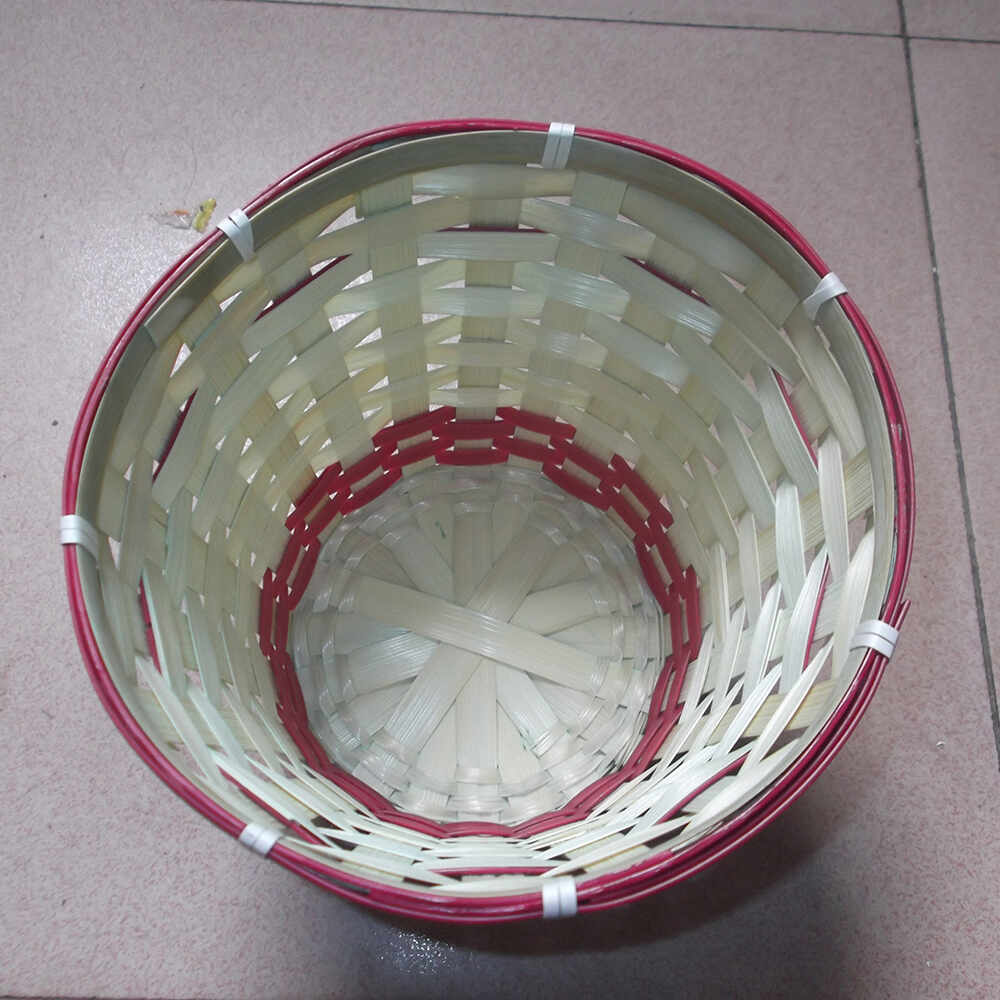
Aesthetic Serenity: The Timeless Beauty of Bamboo
Beyond its brawn and green credentials, bamboo brings a unique and calming aesthetic to any interior design scheme.
- Versatility in Style: Bamboo’s natural light hue and subtle grain make it have a variety of styles. It can create a clean, minimalist, and Scandinavian look; evoke a zen-like, Japandi tranquility; or add a touch of organic, biophilic warmth to a modern industrial space. Its neutral tone serves as a perfect canvas that complements other materials such as stone, concrete, and linen.
- Textural Warmth: Unlike cold plastic or sterile metal, bamboo has a warm, tactile quality. Running your hand over a smooth bamboo tray or feeling the texture of a bamboo rug adds a layer of sensory comfort to your home. It takes a piece of nature indoors, creating a space that feels more inviting and grounded.
- Adaptable Forms: Bamboo can be crafted into an astonishing array of products. It can be bent and molded into elegant bamboo furniture, woven into beautiful blinds, processed into silky-soft bedding, or carved into elegant bamboo kitchen utensils. This versatility allows you to incorporate its beauty into every corner of your home, from the floor to the ceiling.
A Healthier Home: Bamboo’s Natural Antibacterial Properties
Perhaps one of the most underrated advantages of bamboo is its contribution to a healthier living environment.
- The “Kun” Advantage: Bamboo possesses a natural antimicrobial bio-agent called “bamboo kun.” This kind of material is found within the bamboo fibers and helps the plant resist fungi and bacteria while it’s growing. This property carries over, to varying degrees, into the finished bamboo products.
- Ideal for Kitchen and Bath: This makes bamboo exceptionally hygienic for items that frequently come into contact with moisture and bacteria. A bamboo cutting board, for an example, is naturally more resistant to harboring harmful microbes like E. coli and Salmonella compared to plastic cutting boards, which develop knife scars that trap bacteria. Similarly, bamboo toothbrushes and bamboo bathroom mats are less prone to developing mildew and odors.
- Hypoallergenic and Breathable Fabrics: When it comes to textiles, bamboo fiber is a game-changer. Bamboo viscose and lyocell are:
- Antibacterial & Odor-Resistant: The bamboo kun helps prevent odor-causing bacteria from thriving, meaning your bamboo socks, t-shirts, and bedsheets stay fresher for very long.
- Hypoallergenic: The smooth, round structure of bamboo fibers is naturally less irritating to the skin, making it an ideal choice for those with sensitive skin or allergies.
- Thermoregulating & Moisture-Wicking: Bamboo fabric is highly breathable and can absorb up to three times its weight in moisture, wicking it away from the skin. This keeps you cool and dry in the summer and warm in the winter, then people can have a better night’s sleep.
Making the Conscious Choice
As consumers, our power lies in our purchasing decisions. Choosing bamboo is a vote for a more sustainable future, durable craftsmanship, timeless design, and personal well-being. When shopping, look for certifications like FSC (Forest Stewardship Council) for bamboo products to ensure they are sourced from responsibly managed forests. For fabrics, prioritize brands that use the closed-loop lyocell process, often marketed as “bamboo lyocell,” which has the smallest environmental footprint.
So, the next time you need a new salad bowl, a set of sheets, a desk, or a toothbrush, stop and consider the bamboo alternative. It’s not just a home essential; it’s a statement—a commitment to living beautifully, healthily, and harmoniously with our earth. Embrace the grass that’s strong enough to build with, soft enough to sleep on, and green enough to save the planet, one beautiful piece at a time.

